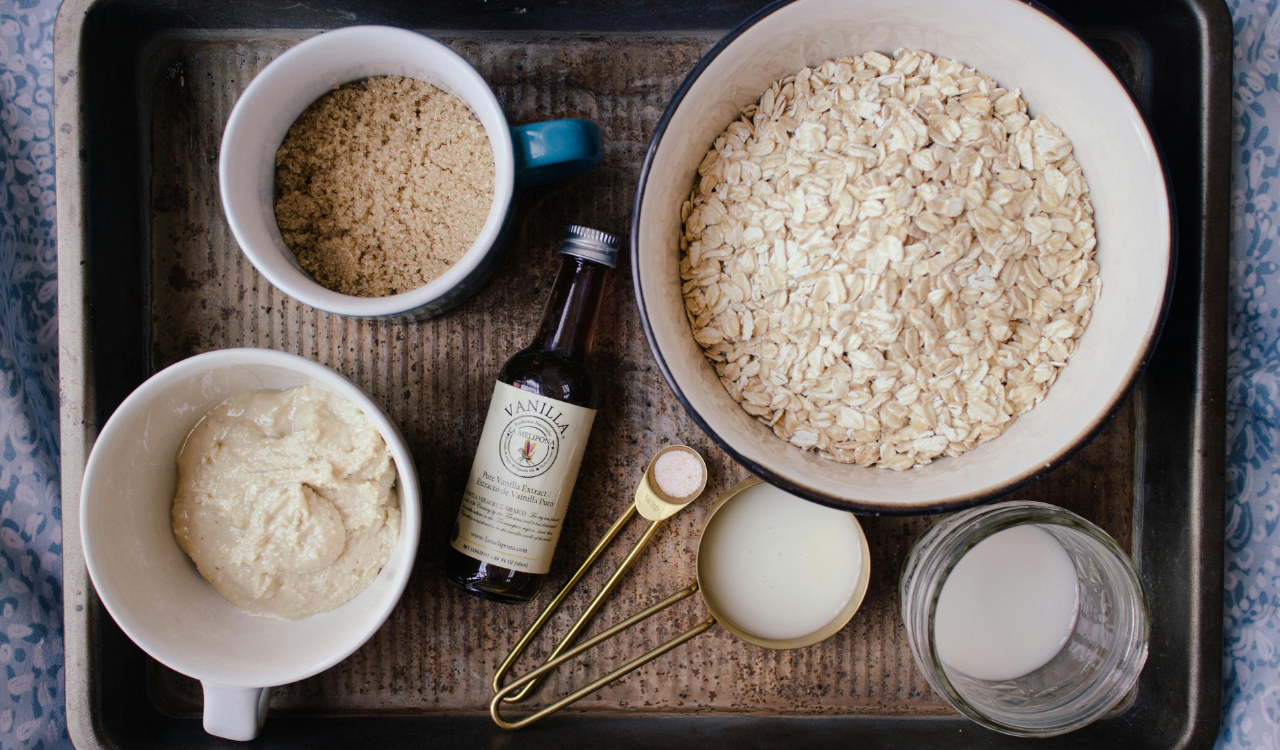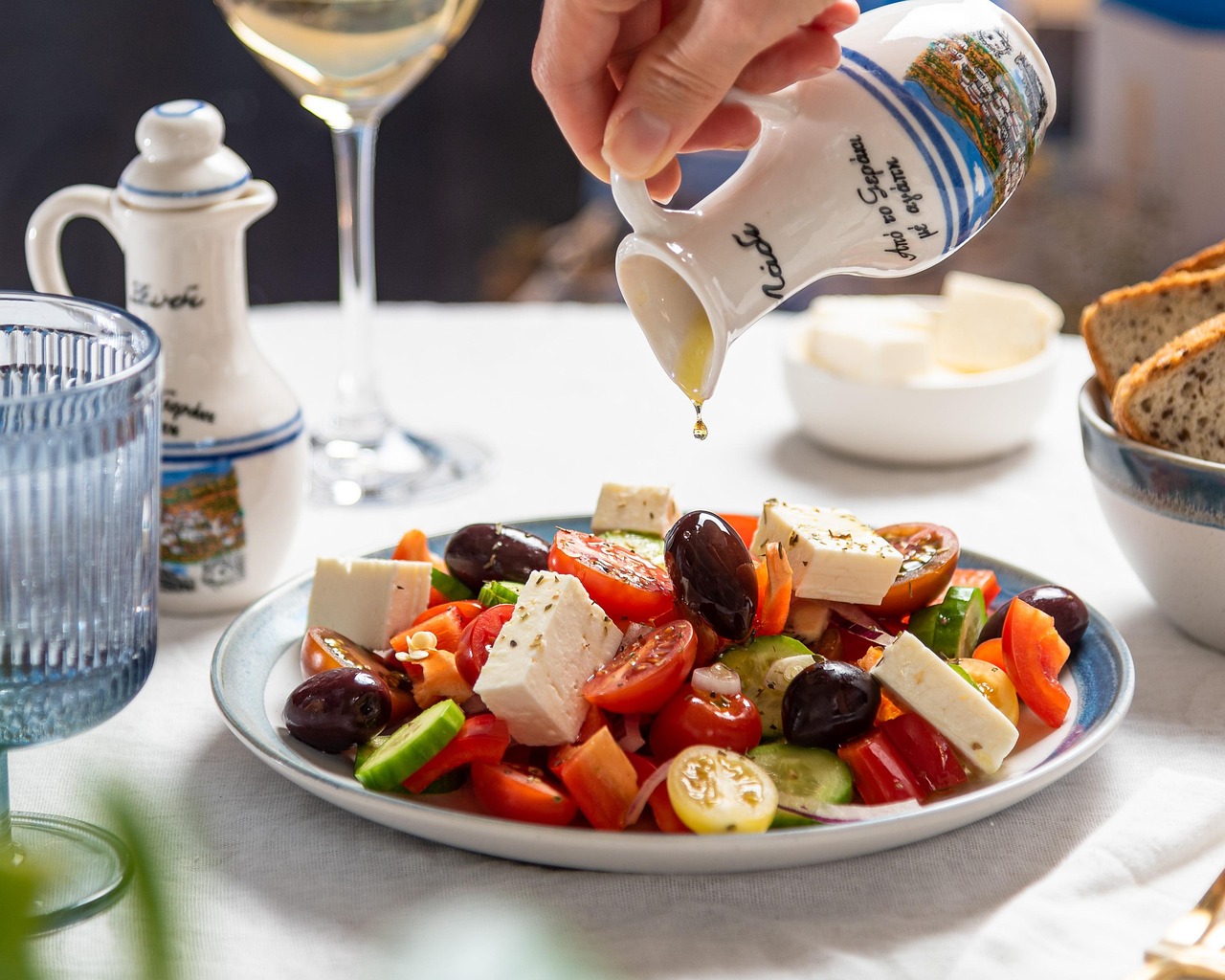12 Soul Food Secrets from Black Family Kitchens

Soul food is a cultural legacy based on resiliency, inventiveness, and tradition rather than just a type of food. These recipes, which were created out of need and elevated by love, memory, and flavor, have been passed down through generations of Black families. The true secrets, the methods, advice, and customs that give soul food its depth; lies beyond the dishes themselves. A glimpse into Black family kitchens where meals are not only prepared but also celebrated is provided by these 12 soul food secrets.
1. Season Every Layer, Not Just the End

Flavor is developed gradually in soul food cooking rather than as an afterthought. As it cooks, each layer; whether it be meats, beans, or greens, is seasoned. Herbs, garlic, onions, salt, and pepper are added all along the way, not just at the end. This method guarantees that each bite has a rich, well-balanced flavor. Instead of depending on a last-minute solution, it’s about honoring the ingredients and considering each one as vital to the finished dish.
2. Save and Use Bacon or Ham Fat for Flavor

Leftover ham fat or bacon grease is frequently preserved in jars and used as a flavoring agent in a variety of recipes, including beans, cornbread, collard greens, and more. These fats give things depth, smokiness, and richness that oils by themselves cannot. It’s a traditional method that improves flavor and cuts down on waste. Every component of a meal can serve a purpose, according to soul food, particularly when it’s employed to add layers of comforting flavor.
3. Slow Simmered Greens Are a Labor of Love

Soul food kitchens are never hurried when preparing staples like turnip greens, mustard, or collard. They are slowly simmered with vinegar, garlic, onion, and smoked meats such as turkey legs or ham hocks. As much loved as the greens themselves is the “pot liquor”, the aromatic cooking liquid. This slow cooking technique brings out the most flavor and perfectly tenderizes the greens, making them nutrient-dense, hearty, and soulful.
4. Cornbread Is Sacred, And Not Always Sweet

Soul food kitchens take cornbread very seriously. It frequently develops a crispy crust and fluffy center when cooked in cast iron. Although some families use sugar, many traditional recipes omit it in favor of savory richness, particularly when combined with black-eyed peas or collard greens. Occasionally, a few spoonfuls of bacon fat are stirred in or buttermilk is used for tang. Balance, texture, and that golden-brown crust are crucial.
5. Buttermilk Soaking Makes the Best Fried Chicken

A buttermilk soak is one of the time-tested methods for making fried chicken juicy and flavorful. This process allows the spices to deeply penetrate the meat while also tenderizing it. The chicken is soaked, then dredged in seasoned flour, occasionally with a little cornstarch for crunch, and fried until crisp and golden. The end product is fried chicken that is seasoned throughout, has a crunchy exterior, and is tender inside. It’s a kind of soulful art.
6. Cast Iron Is the Heart of the Kitchen

Any soul food cook will tell you that a cast iron skillet is essential. Cast iron offers uniform heat and an unrivaled flavor whether it’s used to bake cornbread, fry chicken, or sear pork chops. As a result of years of use, these pans naturally become seasoned and non-stick. Each skillet’s care, which is frequently passed down from previous generations, is a testament to pride, love, and culinary heritage.
7. Black-Eyed Peas and Beans Aren’t Just for New Year’s

Black-eyed peas are a year-round mainstay in soul cuisine, but they are particularly popular on New Year’s Day for good fortune. They make a filling and tasty dish when combined with spices, garlic, and smoked meats. Other common beans that are frequently slow-cooked for hours include lima beans and red beans. They can be served with rice, cornbread, or by themselves, demonstrating how simple ingredients can be transformed into something remarkable with careful cooking.
8. Mac and Cheese Is Baked, Not Boxed

The stovetop box version of mac and cheese is nothing like soul food. It’s creamy, rich, and baked until bubbling and golden. The trick is to use eggs and milk to create a custard-like texture while layering cheeses, usually sharp cheddar, mozzarella, or even Velveeta. The flavor is enhanced by seasonings like dry mustard, onion powder, or paprika. It is served at almost every event and is frequently the first food to go bad.
9. Seasoned Flour Isn’t Just Salt and Pepper

The flour used for frying or dredging meats has its own flavor. In addition to salt and pepper, it is heavily seasoned with paprika, cayenne, onion powder, and garlic powder. This implies that flavor is present in every crunchy bite of fried food. Soul food cooks understand that a well-seasoned flour mixture is as crucial as the meat it coats, but skipping this step results in bland crusts.
10. Sweet Potatoes Are Treated Like Gold

Sweet potatoes are a soul food staple, whether they are mashed, candied, or baked into pie. Naturally sweet and adaptable, they are frequently enhanced with vanilla, brown sugar, nutmeg, or cinnamon. Sweet potato pie is a popular dessert for Sunday dinners and holidays, while candied yams are cooked in a buttery syrup. These recipes showcase the inherent flavor of the root and demonstrate the Black culinary tradition’s profound inventiveness.
11. “Sunday Dinner” Is More Than a Meal

Sunday dinner is a revered weekly ritual in many Black homes. Families get together during this time to enjoy home-cooked dishes like cobbler, fried chicken, greens, cornbread, and mac and cheese. The meal is typically served in the middle of the afternoon, and preparation can take all day. It’s about community, relaxation, and connection, not just about food. Here, at the table, recipes are passed down and shared with love and legacy.
12. Love Is the Unspoken Ingredient

Love is the real key to all soul food recipes. Although family recipes may vary, they all share the same goal. Soul food is prepared with love, memory, and pride, whether it’s simmering greens for hours or baking cornbread in a skillet that has been passed down through the generations. That love is what turns ingredients into solace, sustenance, and culture on a plate; it cannot be purchased or bottled.





